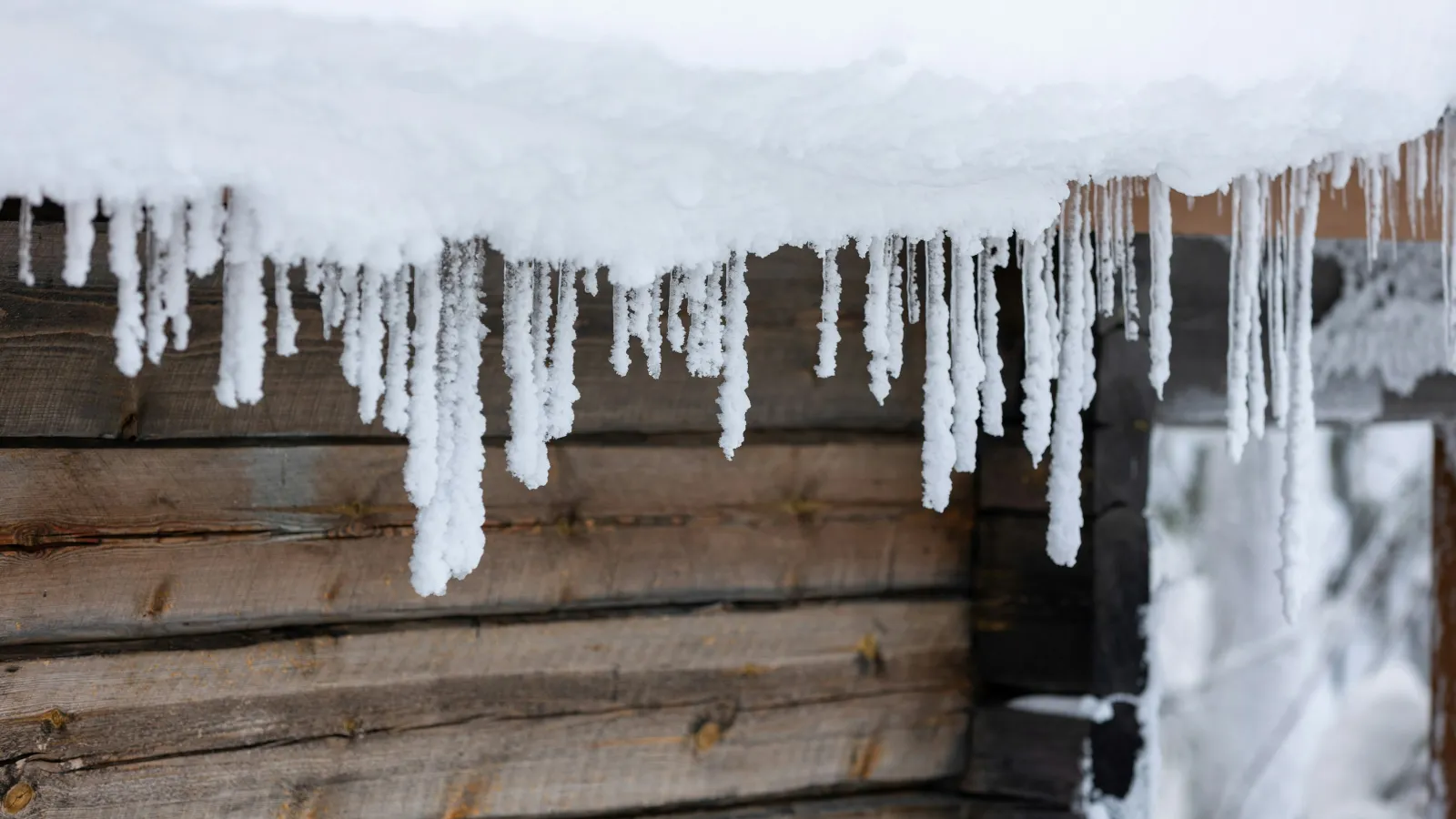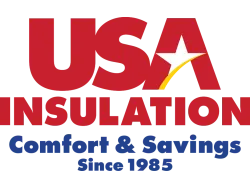How to Winterize Your House: The Essential Guide to Home Insulation
Winter preparation starts with one critical element: insulation. While most homeowners focus on quick fixes like weatherstripping and draft blockers, the foundation of a truly warm, energy-efficient home lies beneath the surface. Proper insulation can reduce your heating costs by up to 20% while keeping your family comfortable all season long.
If you're tired of sky-high energy bills and cold spots throughout your home, understanding how to winterize your house with the right insulation strategy will make all the difference this winter.
Why Insulation Is Your Home's First Line of Defense
Think of your home as a thermos. Without proper insulation, you're essentially trying to keep coffee warm in a paper cup. Heat naturally flows from warm areas to cold areas, and without adequate insulation barriers, your expensive heated air escapes through your attic, walls, and crawl spaces.
The Department of Energy reports that homes can lose up to 25% of their heat through an uninsulated attic alone. Add in poorly insulated basements, crawl spaces, and exterior walls, and you're watching your money literally float away into the cold air outside.
The good news? Strategic insulation upgrades deliver immediate, measurable results. Homeowners who invest in proper insulation before winter typically see heating bill reductions of 15-20% in the first season.
Start at the Top: Attic Insulation
Your attic should be your first priority when winterizing your home. Heat rises, and without sufficient insulation, your attic becomes an expensive heat escape hatch.
How to Check Your Current Attic Insulation
Walk into your attic (if accessible) and look at the floor. If you can see the tops of your ceiling joists, you need more insulation. Most homes should have at least 10-13 inches of insulation, equivalent to an R-30 value for moderate climates or R-49 for colder regions.
Signs You Need Attic Insulation Upgrades
Watch for these warning signs that indicate insufficient attic insulation:
- Uneven temperatures throughout your home
- Ice dams forming on your roof edges
- Higher than normal heating bills
- Your HVAC system runs constantly
- Cold ceilings on your top floor
Professional Attic Insulation Solutions
While DIY batt insulation can work for some applications, professional spray foam insulation provides superior performance. Spray foam expands to fill every gap and crack, creating an airtight seal that fiberglass batts simply cannot match. Closed-cell spray foam offers the highest R-value per inch and acts as both insulation and an air barrier.
For attics with existing insulation that's compressed or damaged, blown-in insulation can be added on top to boost performance without removing what's already there.
Don't Forget Below: Basement and Crawl Space Insulation
Cold floors are one of the most common winter complaints, and they usually point to inadequate insulation in your basement or crawl space. These below-grade areas need special attention because they're directly exposed to cold ground temperatures.
Basement Insulation Strategies
If you have a finished or semi-finished basement, insulating the walls should be a priority. Rigid foam boards work exceptionally well for basement walls because they resist moisture while providing excellent thermal resistance. These boards install directly against concrete or block walls and can be covered with drywall for a finished look.
For unfinished basements, insulating the rim joists (where your floor meets the foundation walls) makes an enormous difference. This area is notorious for air leaks and can be sealed with spray foam insulation for maximum effectiveness.
Crawl Space Insulation Best Practices
Crawl spaces present unique challenges due to moisture concerns. Traditional fiberglass insulation can actually worsen problems by absorbing moisture and promoting mold growth.
Modern crawl space insulation involves:
- Installing rigid foam insulation on crawl space walls
- Sealing all vents to prevent humid outdoor air from entering
- Adding a vapor barrier to the ground
- Insulating any exposed pipes
- Ensuring proper drainage away from the foundation
The goal is to create an "unvented" or "conditioned" crawl space that stays dry and maintains stable temperatures year-round. This approach has proven far more effective than the old method of ventilating crawl spaces.
Exterior Wall Insulation Considerations
Your exterior walls should already have insulation if your home was built to code, but many older homes have inadequate or degraded wall insulation. Unfortunately, you cannot easily check wall insulation without opening up walls.
Signs Your Walls Need Better Insulation
- Cold interior wall surfaces during winter
- Drafts that seem to come through walls (not windows or doors)
- Significant temperature differences between rooms
- Exterior walls that are cold to the touch
Adding insulation to existing walls typically requires professional installation using injection foam or dense-pack cellulose blown into wall cavities. This process involves drilling small holes in exterior or interior walls, filling the cavities with insulation, and then patching the holes.
Insulating Pipes and Ductwork
Protecting your plumbing and HVAC systems is essential for winter preparedness. Frozen pipes can burst and cause thousands of dollars in damage, while uninsulated ductwork wastes energy and reduces comfort.
Pipe Insulation
Focus on pipes in these vulnerable locations:
- Attics
- Crawl spaces
- Exterior walls
- Unheated garages
- Any area exposed to outdoor temperatures
Foam pipe sleeves slide easily over pipes and provide R-3 to R-4 insulation values. For extremely cold climates or particularly vulnerable pipes, consider heat tape combined with insulation for extra protection.
Duct Insulation
If your heating ducts run through unconditioned spaces like attics or crawl spaces, they should be insulated to at least R-6. Uninsulated ducts can lose 30% or more of the heat before it reaches your living spaces. Professional duct sealing and insulation ensures heated air gets where it needs to go.
Sealing the Gaps: Air Sealing and Weatherization
Insulation works best when combined with proper air sealing. Even the best insulation cannot perform optimally if air leaks allow heat to escape and cold air to infiltrate.
Common Air Leak Locations
- Around windows and door frames
- Electrical outlets and switch plates on exterior walls
- Recessed lighting fixtures
- Attic hatches and pull-down stairs
- Where pipes and wires penetrate walls
- Fireplace dampers
- Basement rim joists
Use caulk for stationary gaps and weatherstripping for movable components like doors and windows. For larger gaps, spray foam insulation provides both air sealing and insulation in one application.
Windows and Doors: The Secondary Defense
While windows and doors are frequent culprits in heat loss, they're often over-blamed. Proper insulation in your attic, walls, and foundation typically provides far greater energy savings than window upgrades.
That said, improving window and door performance helps:
Window Improvements
- Add thermal curtains or cellular shades for an extra insulation layer
- Install window insulation film for temporary winter protection
- Replace worn weatherstripping
- Apply caulk around window frames where they meet siding
Door Improvements
- Install door sweeps on exterior doors
- Replace worn weatherstripping around door frames
- Add draft stoppers for extra protection
- Consider storm doors for high-traffic entryways
The Professional Advantage: Why DIY Isn't Always Best
While some winterization tasks are DIY-friendly, insulation installation requires expertise for optimal results. Here's why professional installation makes sense:
Access to Better Materials
Professional insulation contractors have access to commercial-grade materials not available at retail stores. Spray foam insulation, in particular, requires specialized equipment and training for proper application.
Avoiding Costly Mistakes
Improper insulation installation can lead to moisture problems, reduced effectiveness, and even structural issues. Professionals understand vapor barriers, ventilation requirements, and building science principles that prevent problems down the road.
Safety Considerations
Working in attics and crawl spaces involves risks from exposed wiring, sharp objects, poor air quality, and fall hazards. Professional crews have the safety equipment and experience to complete work safely.
Guaranteed Performance
Reputable insulation contractors stand behind their work with warranties and guarantees. If the insulation doesn't perform as expected, they'll make it right.
Time and Efficiency
What might take a homeowner an entire weekend (or several weekends) can be completed by professional crews in a matter of hours. The time savings alone often justifies the investment.
Creating Your Winterization Action Plan
Not sure where to start? Follow this priority order for maximum impact:
First Priority: Attic Insulation
This delivers the biggest bang for your buck. Proper attic insulation can pay for itself in energy savings within 3-5 years.
Second Priority: Air Sealing
Seal major air leaks throughout your home, particularly in the attic and basement. This amplifies the effectiveness of your insulation investments.
Third Priority: Basement and Crawl Space
Address below-grade insulation to eliminate cold floors and reduce overall heating loads.
Fourth Priority: Ductwork
If your heating ducts run through unconditioned spaces, insulating them prevents major energy waste.
Fifth Priority: Windows and Doors
After addressing major insulation needs, tackle window and door improvements for the finishing touches.
How Much Does Professional Insulation Cost?
Insulation costs vary based on your home's size, current insulation levels, and the type of insulation chosen. However, most homeowners find that insulation upgrades pay for themselves through energy savings.
Typical investment ranges:
- Attic insulation: $1,500-$3,500 for average-sized homes
- Crawl space encapsulation and insulation: $5,000-$7,000
- Basement wall insulation: $2,000-$4,000
- Spray foam rim joist sealing: $1,000-$2,000
Many utility companies offer rebates for insulation upgrades, and federal tax credits may be available for energy-efficient home improvements. A professional insulation contractor can help you identify all available incentives.
Don't Wait Until the First Freeze
The best time to winterize your home was last month. The second-best time is right now. Waiting until temperatures drop means you're already losing money on heating bills, and contractor schedules fill up quickly once cold weather arrives.
Start by scheduling a home insulation assessment. A professional can identify exactly where your home is losing heat and recommend the most cost-effective improvements for your specific situation.
Ready to Stop Throwing Money Out Through Your Attic?
At USA Insulation, we specialize in helping homeowners transform drafty, expensive-to-heat houses into comfortable, energy-efficient homes. Our injection foam and spray foam insulation solutions deliver superior performance that you'll feel immediately and see reflected in lower energy bills.
We serve homeowners throughout [your service area] with:
- Free home insulation assessments
- Expert recommendations tailored to your home
- Professional installation by trained crews
- Premium insulation materials
- Satisfaction guarantees
Don't spend another winter watching your heating dollars disappear. Contact USA Insulation today to schedule your free consultation and discover how much you could save with proper home insulation.



